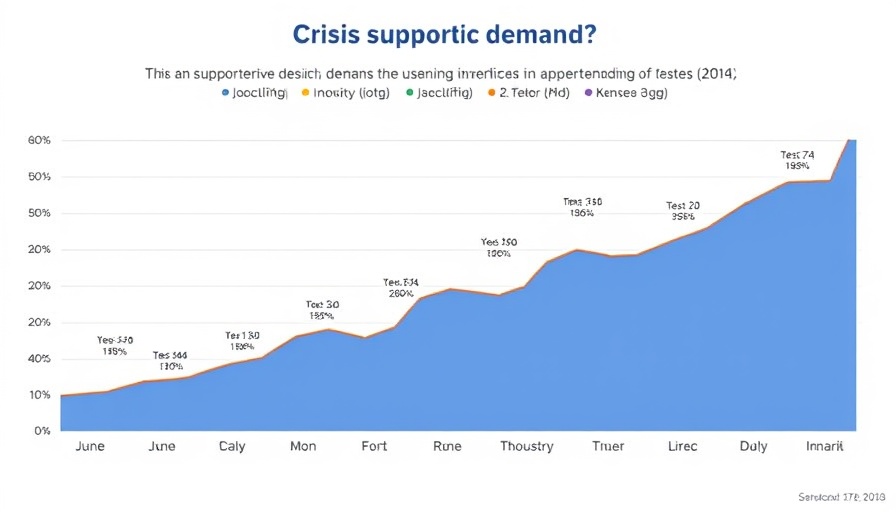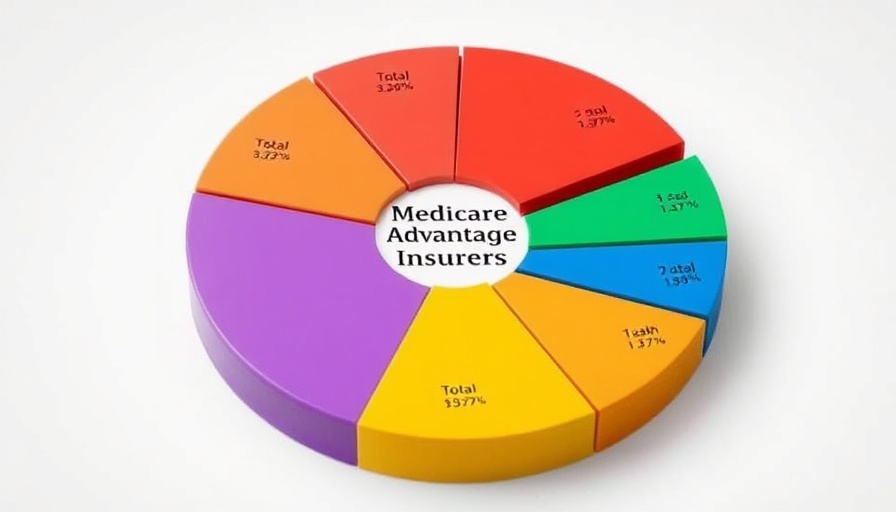
A Growing Demand for Crisis Support: Understanding 988
On July 16, 2022, a transformative hotline entered the mental health landscape: the 988 Suicide & Crisis Lifeline. Designed to offer immediate support for individuals facing emotional distress, this three-digit number provides users with access to crisis counseling through a vast network of local and state-funded centers. The launch of 988 comes at a critical time; a troubling increase in suicide rates has been documented across the United States, with more than half a million lives lost from 2013 to 2023.
A Closer Look at the Crisis Numbers
Since its inception, 988 has experienced a significant surge in demand, garnering 16.5 million contacts within just a few years. This includes a staggering 11.1 million calls, 2.9 million texts, and 2.4 million chats. Monthly contact volume continues to climb, hitting over 500,000 per month and even crossing 600,000 in early 2025. This marks a remarkable increase compared to pre-launch numbers.
The Impact of Policy Changes on Mental Health Services
Despite the success of 988, changing federal policies pose a significant threat to continued accessibility to mental health services. With the Congressional Budget Office projecting a reduction of $1 trillion in federal Medicaid funding, an alarming 11.8 million people may lose their health coverage over the next decade. Such shifts could result in reduced behavioral health support at a time when increasing mental health needs are prevalent.
Risks to Vulnerable Populations
One particularly concerning development is the recent elimination of the specialized 988 service tailored for LGBTQ+ youth. This program previously handled about 10% of all 988 contacts, an important lifeline for young individuals facing higher rates of suicidal thoughts and attempts. For LGBTQ+ youth, the removal of this targeted support raises red flags about the mental health resources available to them moving forward.
Local Access: A Critical Component of Suicide Prevention
In the face of growing demand, the efficiency of local response to 988 calls has improved significantly. As of May 2025, 42 states reported that they were answering at least 80% of calls in-state, a rise from only 23 states pre-launch. This local approach is vital since counselors at national backup centers may lack familiarity with local resources, which can hinder proper crisis intervention.
Community Awareness and Education
Although awareness of 988 was relatively low in 2023, it appears to have gained traction since then, contributing to increased contact volumes. Some community initiatives and outreach efforts by local organizations are helping to disseminate information about the available resources. As these efforts continue to grow, the potential for further reaching individuals in need increases.
What Does the Future Hold?
As we reflect on the third anniversary of 988, the mental health landscape remains uncertain due to potential policy changes and significant funding uncertainties. The intersection of increasing mental health needs with diminishing resources could create a precarious future. How we respond as a community will shape the effectiveness of mental health services across the country.
Even now, as we witness the ongoing need for 988, it is imperative to advocate for mental health services and continue supporting individuals in crisis. Collaboration between local governments, healthcare providers, and community organizations will be essential for ensuring that every individual has access to the support they need.
 Add Row
Add Row  Add
Add 




 Add Row
Add Row  Add
Add 








Write A Comment